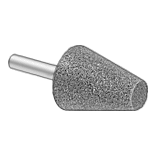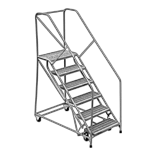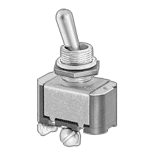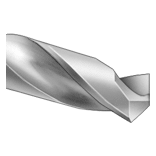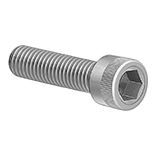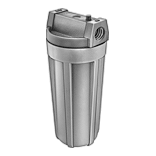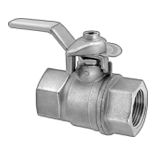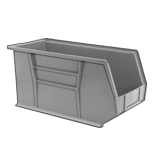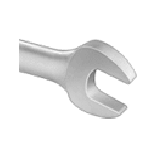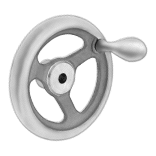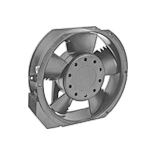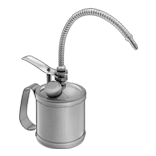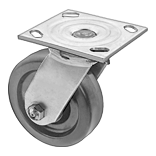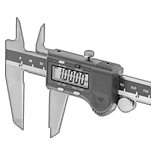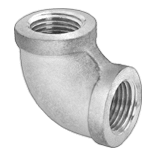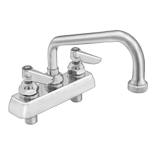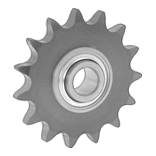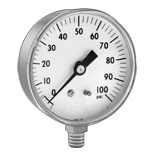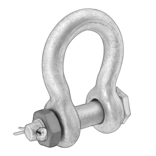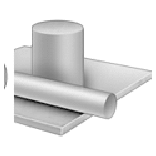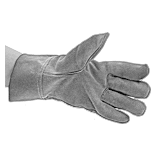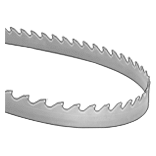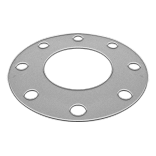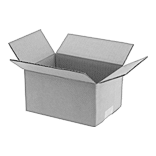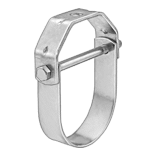Filter by
Manufacturer Model Number
Locking Strength
Container Type
Color
Manufacturer
For Maximum Thread Diameter
Container Size
Removal Method
Maximum Temperature
Breakaway Torque
Type
Cure Type
Formulation
REACH
Torque
Mixing Required
Begins to Harden
Consistency
Reaches Full Strength
Material
RoHS
Clarity
Minimum Temperature
DFARS Specialty Metals
Export Control Classification Number (ECCN)
Threadlockers
Container | Each | Package | |||||||||||||||||||||||||||||||||||||||||||||||||||||||||||||||||||||||||||||||||||||||||||||||||
|---|---|---|---|---|---|---|---|---|---|---|---|---|---|---|---|---|---|---|---|---|---|---|---|---|---|---|---|---|---|---|---|---|---|---|---|---|---|---|---|---|---|---|---|---|---|---|---|---|---|---|---|---|---|---|---|---|---|---|---|---|---|---|---|---|---|---|---|---|---|---|---|---|---|---|---|---|---|---|---|---|---|---|---|---|---|---|---|---|---|---|---|---|---|---|---|---|---|---|---|
Mfr. Model No. | Size, fl. oz. | Type | Begins to Harden, min. | Color | Breakaway Torque, in·lbf | Temp. Range, ° F | Consistency | Viscosity, cP | Reaches Full Strength, hr. | Each | Pkg. Qty. | Pkg. | |||||||||||||||||||||||||||||||||||||||||||||||||||||||||||||||||||||||||||||||||||||||
Low Locking Strength | |||||||||||||||||||||||||||||||||||||||||||||||||||||||||||||||||||||||||||||||||||||||||||||||||||
Loctite® | |||||||||||||||||||||||||||||||||||||||||||||||||||||||||||||||||||||||||||||||||||||||||||||||||||
| 222 | 0.34 | Bottle | 20 | Purple | 50 | -65 to 300 | Thin Liquid | 1,200 | 24 | 0000000 | 000000 | 10 | 00000000 | 0000000 | |||||||||||||||||||||||||||||||||||||||||||||||||||||||||||||||||||||||||||||||||||||
| 222 | 1.69 | Bottle | 20 | Purple | 50 | -65 to 300 | Thin Liquid | 1,200 | 24 | 0000000 | 00000 | 10 | 00000000 | 000000 | |||||||||||||||||||||||||||||||||||||||||||||||||||||||||||||||||||||||||||||||||||||
